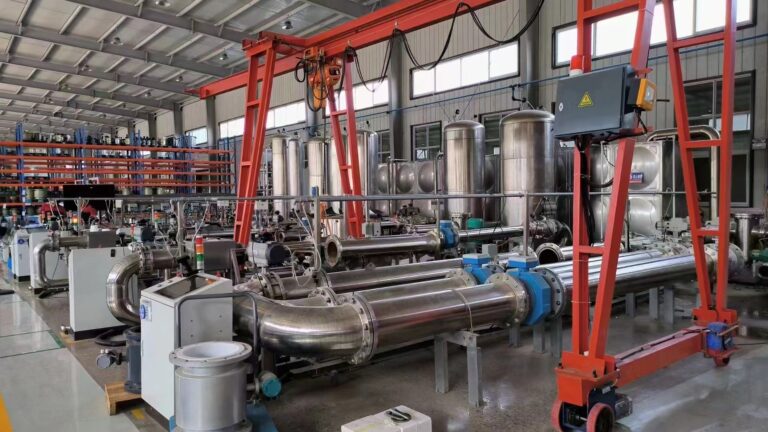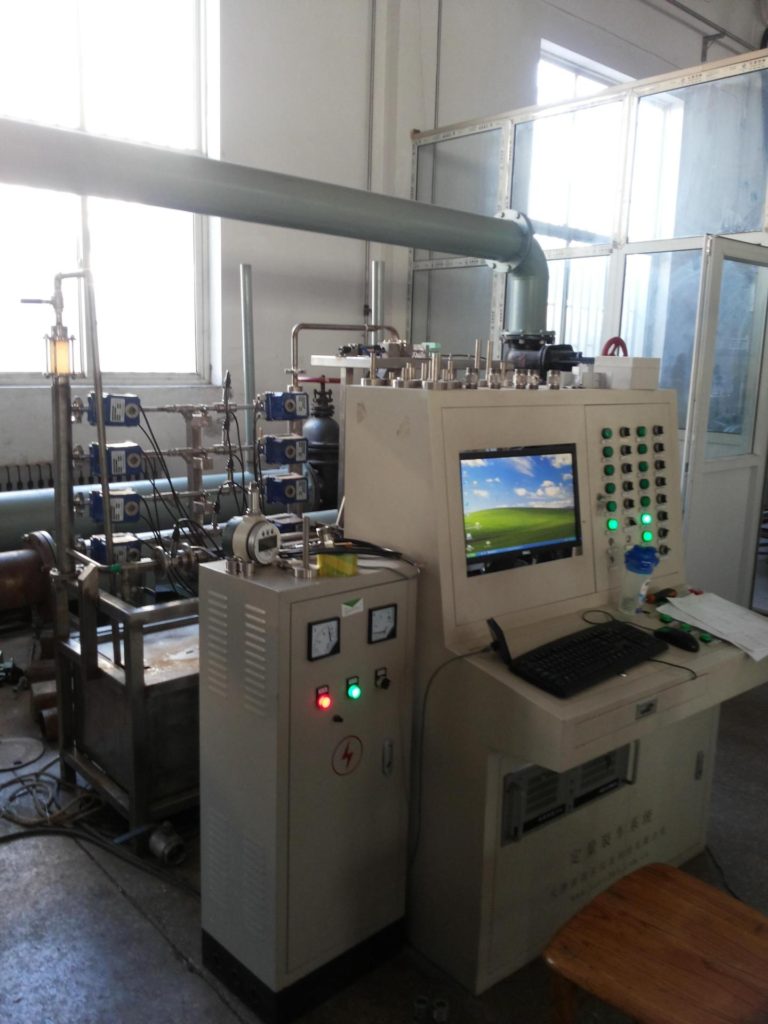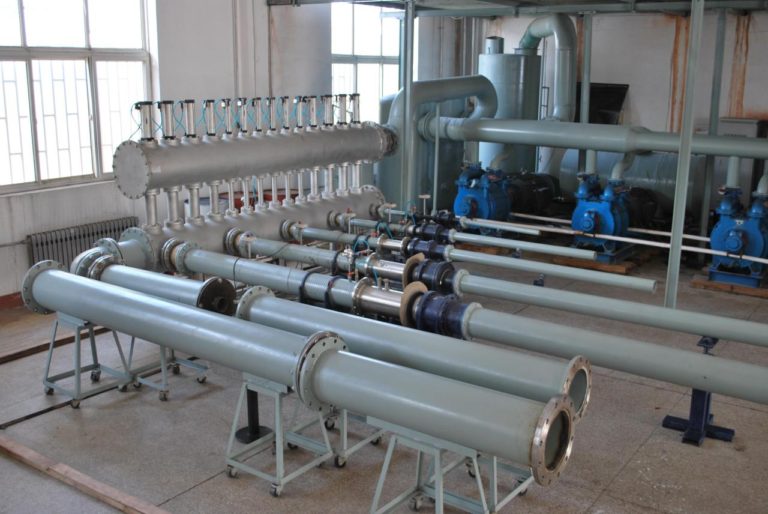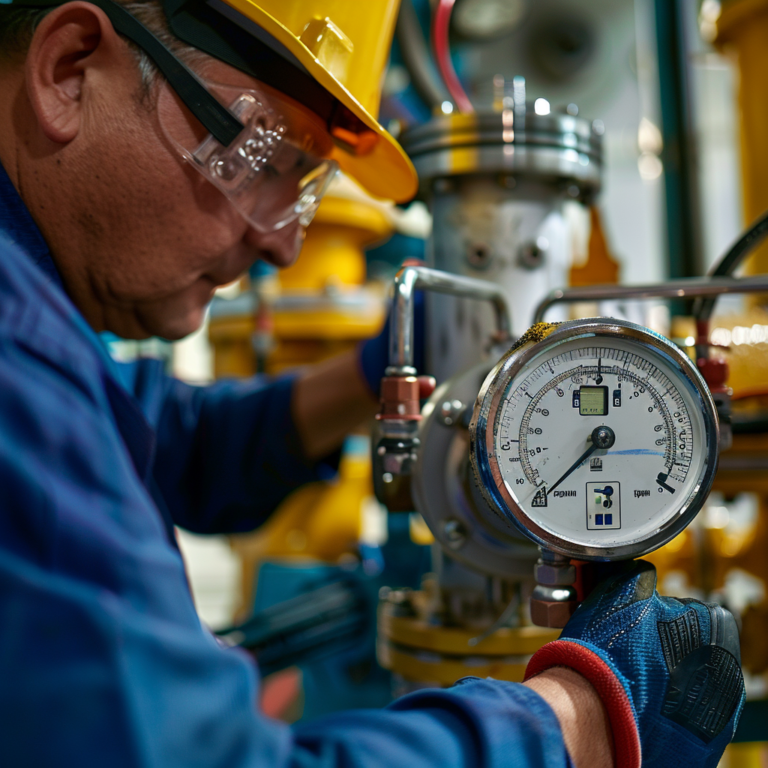Instrument calibration is a critical process to ensure that measuring instruments provide accurate and reliable data. This process is essential in industries where precise measurements are crucial, such as pharmaceuticals, aerospace, manufacturing, and scientific research. Below are the key points of instrument calibration, elaborating on the importance, procedure, and best practices.
1. Accuracy of Reference Standards
The calibration process requires a calibration standard—an instrument or device that has a known accuracy and has been certified by a recognized body. The reference standard used for calibration should be more accurate than the instrument being calibrated. Typically, the accuracy of the reference standard should be at least four times better than the device under test. This ensures that any errors detected are attributed to the instrument being calibrated, not the reference standard.
Example: In a lab setting, a precision balance that measures up to 0.001g should be calibrated using a weight standard that is traceable to national or international metrology standards, ensuring the highest level of accuracy.

2. Environmental Conditions
Calibration must be conducted in controlled environmental conditions to eliminate external influences on measurement accuracy. Factors like temperature, humidity, vibration, and atmospheric pressure can affect the calibration process, especially for sensitive instruments such as pressure gauges, temperature sensors, or precision balances. Many calibration labs maintain strict controls over these conditions to ensure consistency and reliability in the results.
For instance, in some calibration procedures, even a small deviation of a few degrees in temperature can introduce significant errors, as many instruments are sensitive to thermal expansion or contraction.
3. Calibration Interval (Frequency)
Determining the right calibration interval is critical to maintaining instrument accuracy over time. This frequency depends on several factors, including the frequency of instrument use, the environmental conditions in which it operates, and the criticality of the measurements. Instruments used in highly sensitive or safety-critical environments often require more frequent calibrations. Conversely, instruments used less frequently or in more stable conditions may need fewer calibrations.
A common practice is to maintain a calibration schedule, ensuring that every instrument undergoes regular checks. This helps prevent “calibration drift,” where an instrument slowly deviates from its original accuracy due to wear and tear or environmental factors.

4. Calibration Documentation
Detailed calibration records are essential for traceability and future reference. Each time an instrument is calibrated, a calibration certificate is issued. This certificate provides critical information, including:
- The date of calibration
- The instrument’s identification number
- The reference standard used
- The environmental conditions during calibration
- The measurement results
- Any observed errors or deviations
These records are necessary for compliance with industry standards and regulations. They also provide a history of instrument performance, helping identify trends that could indicate the need for more frequent calibration or maintenance.
5. Uncertainty Evaluation
No calibration can be perfectly precise, so it’s essential to quantify the uncertainty in measurement. Measurement uncertainty is an estimate of the amount by which the measured value could deviate from the true value. It is calculated by considering all potential sources of error, such as:
- The uncertainty in the reference standard itself
- Environmental factors
- Operator errors
- Instrument repeatability and resolution
Understanding uncertainty is crucial, especially in high-stakes industries like pharmaceuticals or aerospace, where small errors could have significant consequences.
6. Functional Testing
Calibration is not solely about checking an instrument’s accuracy; it also involves functional testing to ensure that the device works as expected under different operating conditions. Functional tests evaluate whether an instrument can maintain its accuracy and reliability across its full operating range, ensuring that it functions correctly in real-world scenarios.
For example, in the case of temperature sensors, functional testing might involve subjecting the sensor to various temperatures to ensure it responds correctly and consistently at both the high and low ends of its range.

7. Traceability of Calibration
Calibration traceability is essential for ensuring the credibility of the calibration results. Every calibration should be traceable to recognized standards, such as national or international metrology institutes like the National Institute of Standards and Technology (NIST) in the U.S. or the International Bureau of Weights and Measures (BIPM). Traceability guarantees that the measurements conform to globally recognized standards and can be trusted in any regulatory or compliance audit.
For example, if a pharmaceutical company uses a calibrated scale to measure ingredients, the traceability to NIST ensures that the scale’s measurements conform to global standards, making the data acceptable to regulatory bodies like the FDA.
8. Adjustment and Maintenance
If a calibrated instrument is found to be outside its acceptable error limits, adjustments or repairs may be necessary. After making any corrections, the instrument should be recalibrated to verify that it now meets the required specifications. Regular preventive maintenance can also help minimize the risk of calibration errors and extend the instrument’s lifespan.
Proper maintenance may include cleaning, lubricating, or replacing worn parts. Additionally, it’s important to ensure that instruments are stored and handled appropriately to avoid damage or shifts in calibration accuracy.

9. End of Calibration Life
Instruments have a finite calibration lifespan. Over time, wear and tear, repeated use, or environmental factors can degrade the internal components of an instrument, making it difficult or impossible to recalibrate accurately. When an instrument reaches this point, it should be replaced or overhauled.
To manage this, companies often implement a calibration lifecycle management system, tracking how long each instrument has been in use and when it should be retired or replaced.
Conclusion
Instrument calibration is an essential process for ensuring that measurement devices operate correctly and consistently. Proper calibration helps avoid costly errors, improves data accuracy, and ensures compliance with industry regulations. By adhering to best practices, including using accurate reference standards, controlling environmental conditions, maintaining regular calibration schedules, and properly documenting all calibrations, organizations can ensure their instruments perform reliably and deliver precise results throughout their operational lifespan.
